Abacus Electronics has developed some exciting technical innovations for its successful Preamp 14 model (price of the test model: 1,790 euros | www.abacus-electronics.de ). These should contribute to both sound quality and usability. We are investigating the question: Is it worth upgrading? More than five years ago I tested the preamplifier Preamp 14 from the Nordenham manufacturer Abacus Electronics and bought it afterwards because it convinced me. To this day, it is a work device that I have come to love, because its sound is completely neutral and permeable and is therefore ideally suited to getting closer to other players such as sources and power amplifiers .
In addition, with its various inputs (high-level XLR and cinch, phono) and features (streaming, AudioVero room correction), it is simply an extremely flexible device (more detailed information in the tests of the predecessor model Preamp 14 and the streaming / room correction function AroioSU ). Now at Abacus Electronics they are apparently always striving not only to come up with new components, but also look at the opportunity to see what can still be improved with the existing ones. In the meantime, the Preamp 14 has gone through a number of evolutionary stages, two of which have a noticeable influence on the usability or the sound, so it seems to be time to subject the current Abacus Preamp 14 to a follow-up test. But what’s new anyway?
Abacus Preamp 14: what’s new?
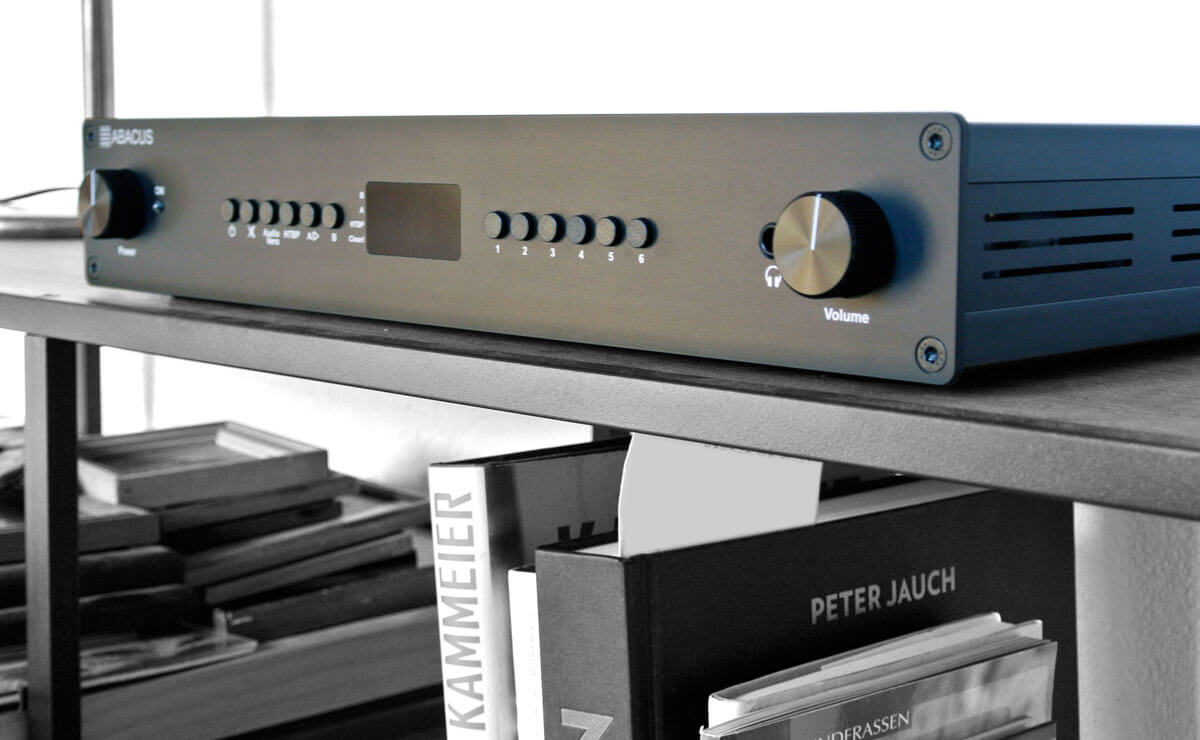
The new Abacus Preamp 14 comes, among other things, with an improved streaming function
Well, on the one hand, it is now available on request with an improved volume control (plus 200 euros) that works with relays and resistance ladders, on the other hand, the streaming module has been given a new DAC section called AroioDAC, which is also available as a stand-alone, if you want to lend a hand and build your own device. Let’s take a closer look at both upgrades; first about the new volume control:
More precise leveling
In the specification, the best possible channel synchronization – and optimal control process – were in the specification: We all know the problem that, especially with source devices with a high level, often only the first third or even quarter of the potentiometer path can be used sensibly; it quickly becomes too loud. Such “route limitation” is accompanied by the fact that the volume can be regulated less sensitively. A bit like a mixer tap when showering, where you have to do millimeter work before breakfast with a drowsy head in order to achieve the right water temperature.
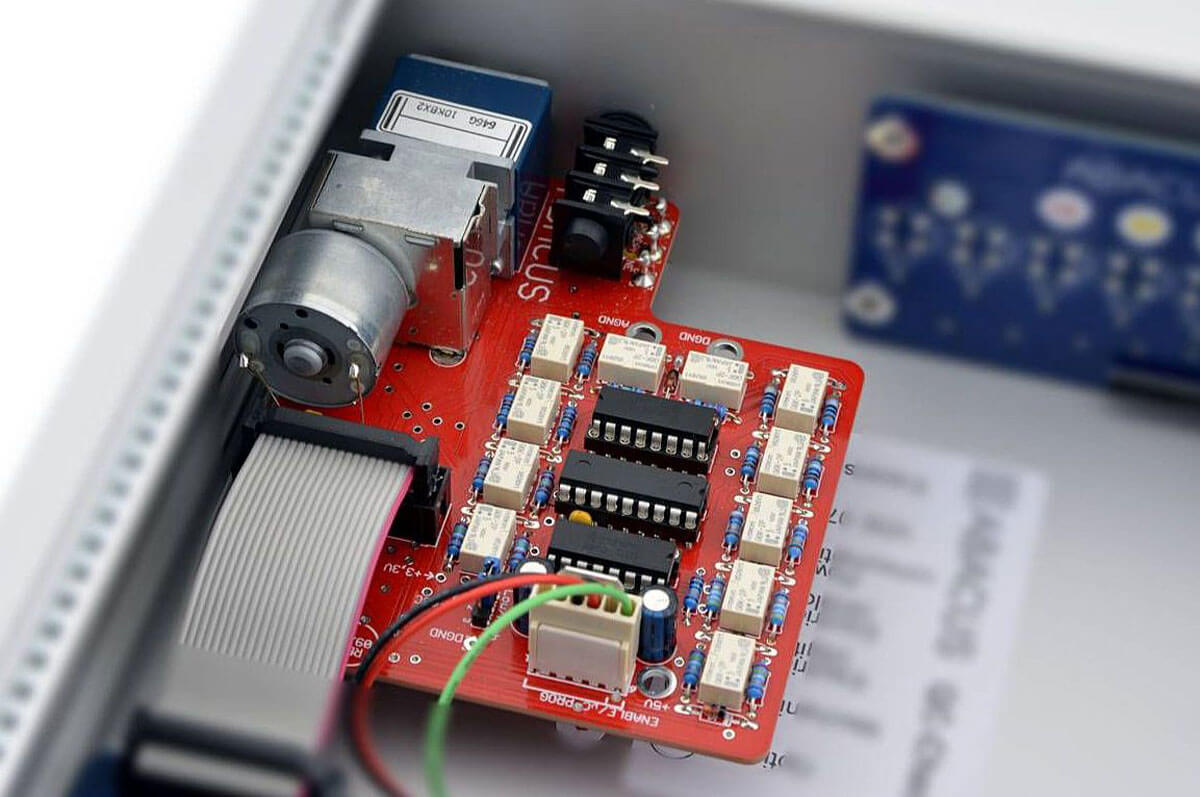
The new volume control of the Abacus Preamp 14 works with a resistance ladder
With the Abacus Preamp 14, the Alps motor potentiometer behind the rotary knob is not used to directly attenuate the incoming signal, as in classic solutions, but to interconnect a network of resistors. Even if this solution can of course also be found with other manufacturers – and often more expensive devices – I would like to briefly outline it: The user sets a control voltage via the Alps potentiometer, which is buffered by an OP amplifier and sampled with 10 bits by a microcontroller so that theoretically 1024 values could result over the entire control range.
However, only 8 bits, i.e. 256 values, are used afterwards. The others are used to absorb possible aging effects of the potentiometer and to prevent an unclear result if the (yes, still electromechanical) potentiometer is between two possible values or oscillates. The microcontroller calculates a practical logarithmic course for the 256 possible values (in the first part of the rotation the grid becomes finer, later a little coarser) and then connects a suitable combination of ten resistors via relay so that the desired resistance value is created. Incidentally, that sounds unusual: If you “turn the wheel”, the relays click with fun. It almost feels like a studio device. Again, the resistors do not serve as a signal attenuator,
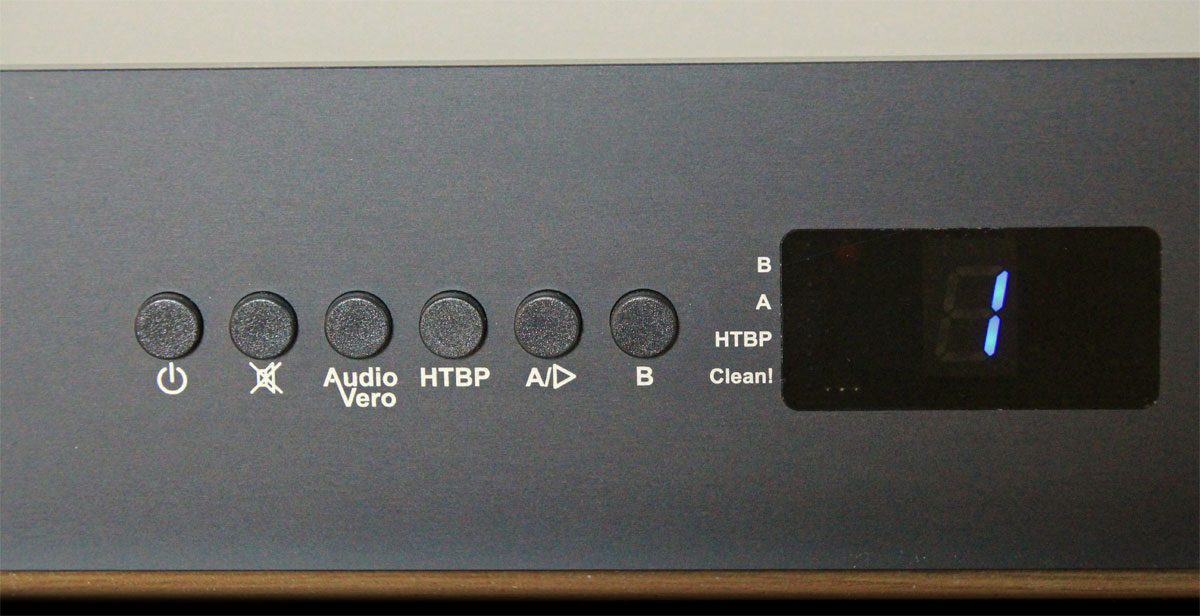
This innovation is very valuable in practice. In fact, with the Abacus Preamp 14 I have almost always only tried the first third of the control range in normal use, which did not exactly contribute to an overly sensitive volume control. That never really bothered me, because you “learn” this behavior with most hi-fi components and thus tend to take note of it with a shrug. But with the new control, the volume can be set much more precisely, which is also relaxing when listening and makes it less likely to use the volume control. You simply get to the ideal volume “faster”.
The DAC ecosystem: AroioDAC
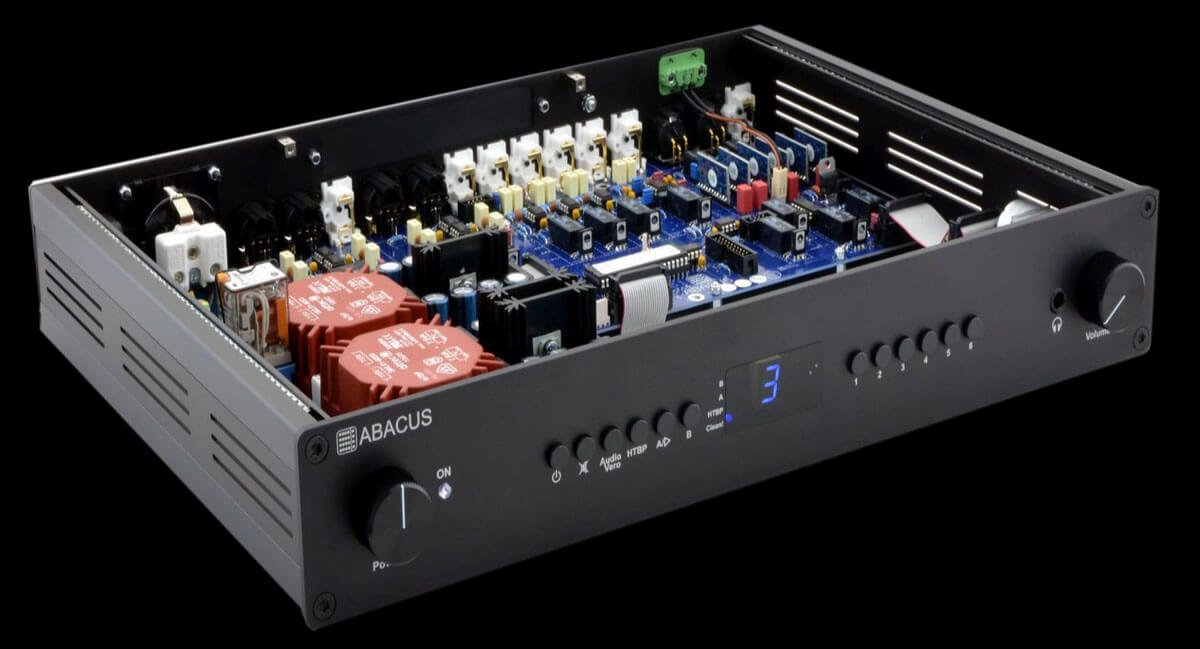
The Abacus Preamp 14 without headgear
The second innovation can be found in the DAC section of the streamer, which is an in-house development by the Sonder family based on the Raspberry PI. The pure DAC chip is still a PCM5122 from Burr / Brown. A solid “field, forest and meadow chip”, which certainly does not represent the end of the flagpole in terms of quality by today’s standards, but which Abacus Electronics has now provided with the best possible circuitry ecosystem. For example, the chip gets its clock from a tandem of two high-precision master clocks dedicated to sample rates of 44.1 or 48 kHz and their multiples. This way you want jitter and unwanted modulations are reduced to a minimum. The DAC section itself has three separate voltage regulators for clocks, analog and digital parts with generous capacitor buffering, and Abacus has also used a special four-layer circuit board for optimal power supply and grounding.
As if that weren’t enough, a lot has also happened on the software side: If you call up my test linked at the beginning, you will find that I already liked the sound of the streaming section very much back then, but the implementation via Logitech server was no longer complete in terms of usability at the time “State of the art”, it still had a slightly experimental character. At the same time, converter and streaming technologies have developed dramatically since 2015, not least in relation to the price quoted. Ultimately, this led to the fact that, from 2017 onwards, I mainly streamed via my Hegel H90 , later diversified even further and my Tidal Hifi account since then mainly with the Marantz PM 7000N and the Stream6 mini Tap into the hi-fi academy: The foolproof and comfortable control via the mConnect app and the even finer resolution of the Marantz streaming module or the hi-fi academy streamer compared to the “old” Preamp 14 ultimately brought me to the preamp 14 in the lead role Use it as a preamplifier and let other devices do the streaming.

The back of the Abacus Preamp 14 comes with numerous interfaces
Well, in the meantime the Aroio operating system from Abacus Electronics no longer only works with the Logitech Media Server, because there is now also a UPnP mode and Apple Airplay integration. And that is a significant step forward in terms of usability. A network cable pulled from the router to the Preamp 14, and the Abacus Preamp 14 appears as a renderer (see network player in our lexicon) in the mConnect app – done! If you like, you can also use the included WiFi dongle and stream wirelessly.
Abacus Preamp 14: Sound test & comparisons
Something has also changed in terms of sound, at least in terms of streaming (the preamplifier section has not changed, apart from the volume control). Tonally, there are no major differences to the predecessor here either, the updated streaming section of the Preamp 14 once again shows a studio-like, neutral frequency curve without corners, dents or hills.
Three parameters have noticeably improved: On the one hand, there would be the fine resolution, especially up the mids . Especially small chamber music ensembles with string instruments, but also extensive cymbal work with drums, the Abacus Preamp 14 now offers even more scratch-free, more transparent and more detailed. With acoustic instruments, I not only find the formants more tangible, but also the artifacts that directly influence the sound, such as touching and blowing noises can now be heard more clearly, which contributes to authenticity.
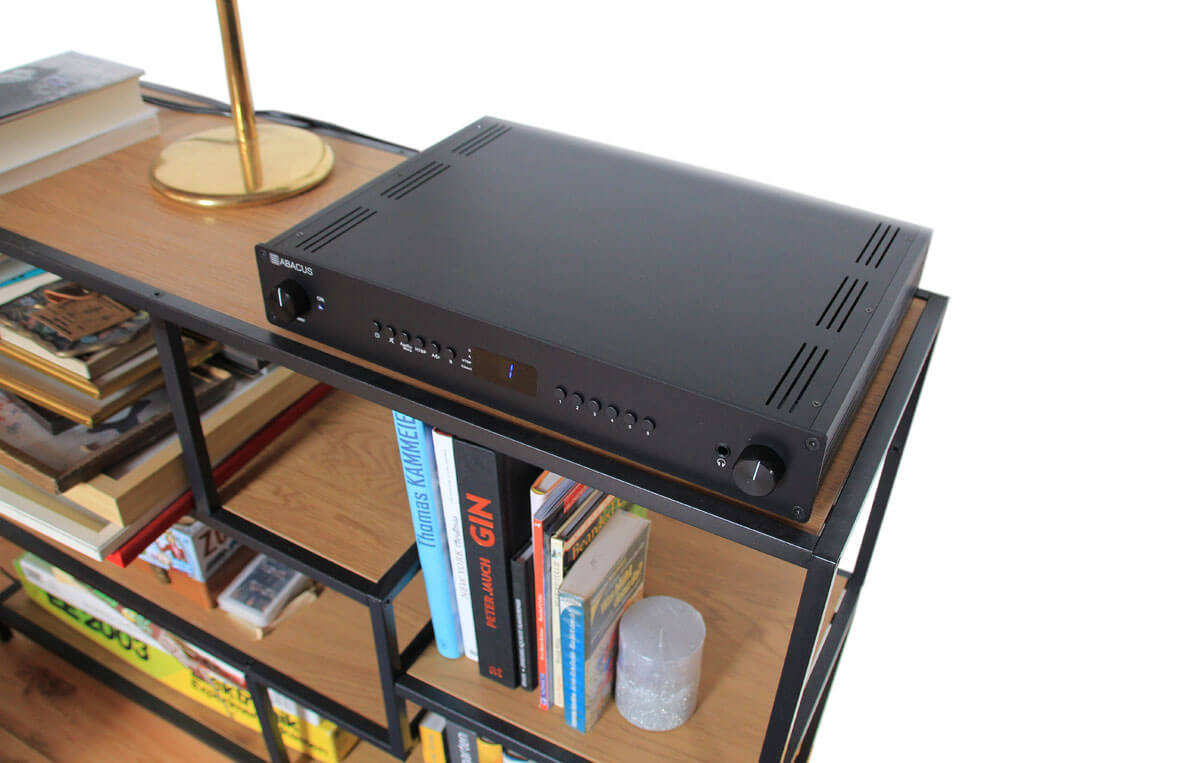
In addition, coarse and fine dynamics are a bit better. Kick drums are a bit more concrete, more tangible and nimble, the tearing noises from strings are a tad jagged and more sudden – and in recordings with a lot of space, rather quiet artifacts such as early reflections and reverb lock in even better, which in turn gives the overall picture more sharpness through more precise spatial information. Of course, the streaming section of the Preamp 14 cannot keep up with higher-priced solutions in all disciplines – especially when it comes to the precise localization of the sound sources, there is still “a little something” going on elsewhere. Also with regard to the turn-on factor: With my Marantz amp (used as a pure streamer via its pre-out), for example, the music doesn’t just take a step towards the listener, the stage seems a bit more generous overall,
Conclusion: Abacus Preamp 14
Abacus Electronics has put together a convincing package with the new Preamp 14. For a fair course there is an excellently equipped, exquisitely neutral and dynamically lively sounding preliminary stage. The mix of RCA and XLR high-level inputs, one of which can be reconfigured to a Phono MM preamp using a jumper, as well as a streaming section that has grown up in its infancy is attractive and makes the Abacus Preamp 14 a flexible control center that, given the price, does not close much leaves something to be desired. There is no lack of a metal remote control or a room correction function.
The analog section of the new Preamp 14 continues to impress with its neutrality and permeability, while not only has something changed in the streaming area, the user-friendliness and plug-and-play capability have also increased thanks to the integration of UPnP and Apple AirPlay. Yes, the new streamer of the Preamp 14 has clearly grown up. The optional resistor ladder volume control rounds off the feature package and makes daily use of the Preamp 14 even more pleasant than it already was. The new Preamp 14 will therefore replace my “old” one as a future workhorse.
Facts:
- Model: Abacus Preamp 14
- Concept: pre-stage with optional streaming module and optional resistance ladder level control, AudioVero room correction
- Price: 1,390 euros (streaming module +200 euros, resistor ladder potentiometer +200 euros)
- Inputs: 6 high-level inputs (4 x cinch, one of which can be switched to Phono-MM, also 2 x optionally cinch or XLR), optional streaming level occupies a high-level input, network connection (RJ45), WLAN dongle
- Outputs: 1 x cinch and 1 x XLR regulated, 1 x fixed cinch, headphones
- Dimensions & weight: 70 x 435 x 306 mm (HxWxD), 4 kg (with streamer 4.2 kg)
- Colors: silver, black (+100 euros)
- Other: Schuko socket on the back
- Guarantee: 3 years

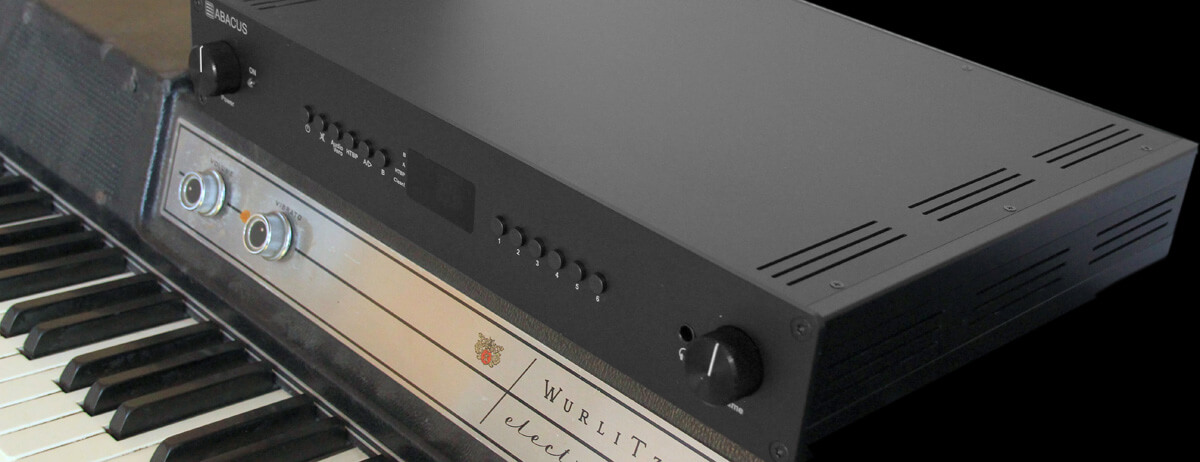



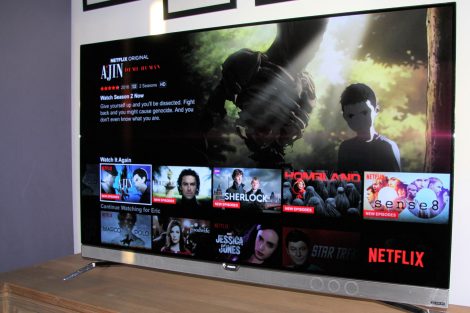
Add Comment